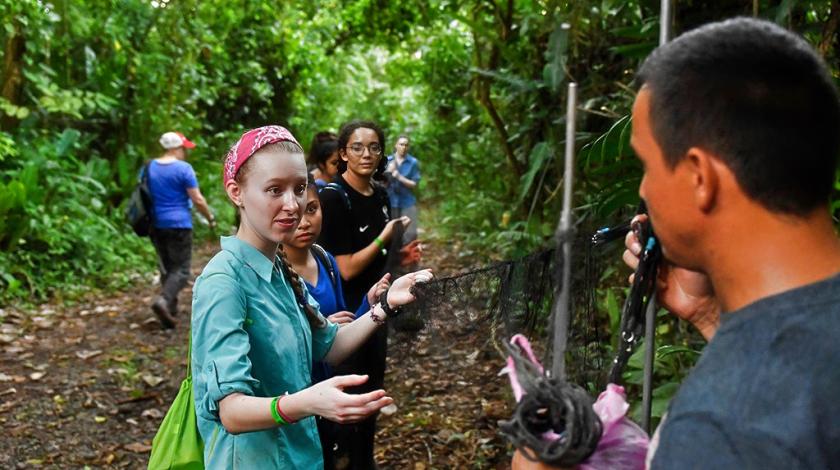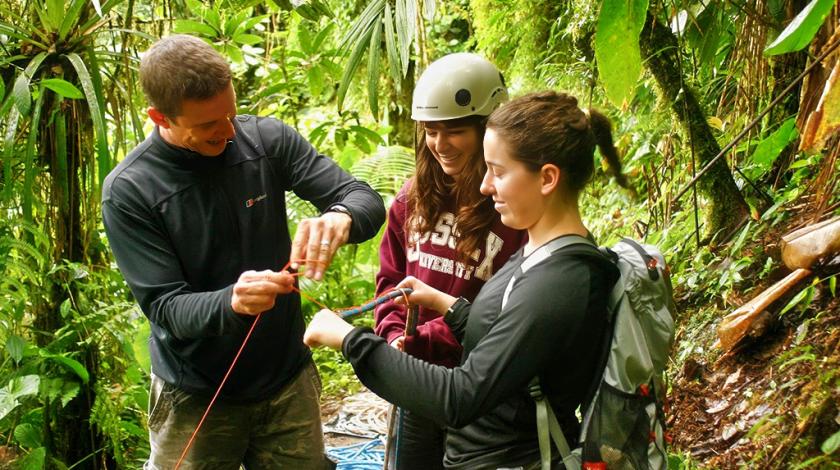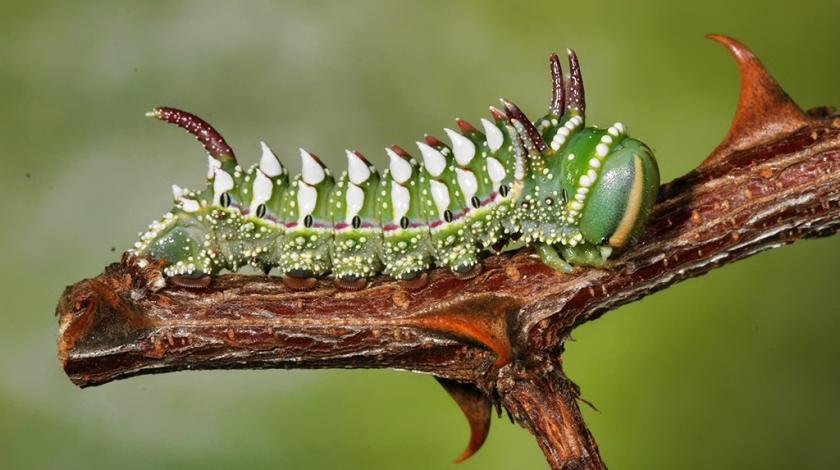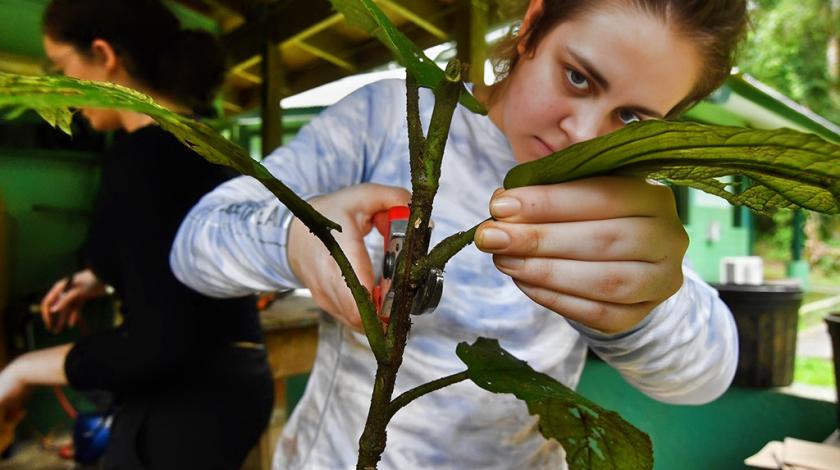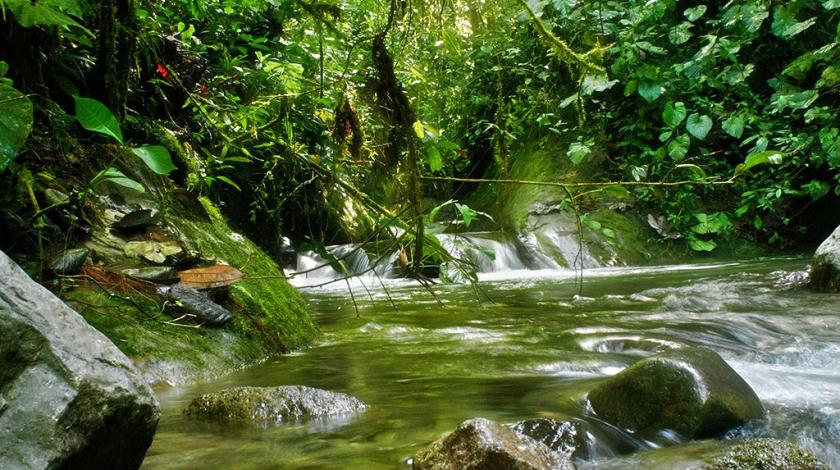BOOK WITH A $500 DEPOSIT
Climate Change and Caterpillars
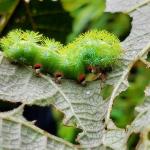

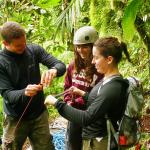


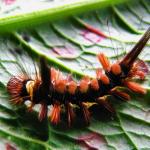

Help scientists untangle the complex relationships between caterpillars, the plants they eat, the parasitoids that eat them, and the changes in climate that will reshape the rainforest.
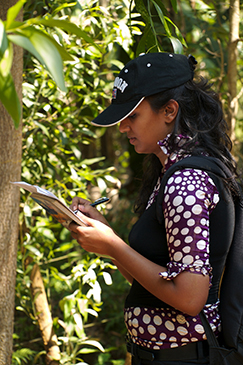
On this Earthwatch Expedition, you’ll be dazzled by the array of shapes and colors that caterpillars come in, most of which serve as natural defenses against their predators. Some of these defend against wasps and flies, called parasitoids, which kill the caterpillars by laying eggs in or on them (this gives their offspring a safe, food-rich place to grow).
Caterpillars and parasitoids live in a delicate and dynamic balance, one that climate change could destroy. This research has shown that warmer temperatures speed up caterpillar growth, meaning parasitoids can’t use them as hosts because their life cycles are out of sync. As a result, the parasitoids die off. With fewer parasitoids to keep them in check, caterpillars breed unchecked. Some caterpillars can eat up to 27,000 times their body weight in just a few weeks, so if they become too plentiful, they can quickly wipe out their host plants.
You’ll trek off trail to scour the forest for these small but spectacular creatures. The specimens you collect will be chemically analyzed and observed in a lab on-site, and will contribute to the data scientists have collected on over 9,500 species of both caterpillars and parasitoids. You will help preserve the complex, wondrous variety of plant and animal life within rainforests in either Costa Rica or Ecuador, while working with some surprisingly fascinating creatures. You may even find a new species—it’s happened before.
A Typical Itinerary
- Day 1: Arrival, travel to research site, orientation, introductions, dinner
- Days 2–4: Hiking on and off trail, searching for caterpillars, lab analysis
- Days 5–7: Fieldwork (see activities above)
- Day 8: Wrap up project activities
- Day 9: Departure
.
HOW YOU WILL HELP
.
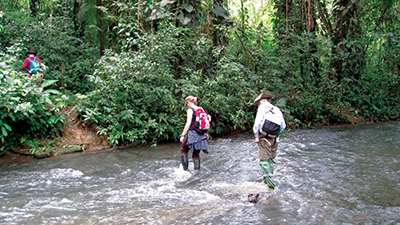
Hike to collect caterpillars
You’ll spend most of your time in the field gathering caterpillars and food plants, which will give you lots of opportunities to hike on and off trail. You’ll also hike to previously located sites where food plants grow to gather leaves to feed the caterpillars being reared in the lab.

Examine caterpillars in the lab
Back at the research stations, you’ll help sort through the caterpillars collected in the field, checking them for parasitoids and either releasing them or putting them in the caterpillar “zoo” for further study. You’ll also help conduct fascinating experiments and chemical analyses.
.
Field conditions and research needs can lead to changes in the itinerary and activities. We appreciate your cooperation and understanding.
.
.
FEEDBACK & QUESTIONS
3 Reviews on this Expedition
GET EARTHWATCH NEWSLETTER
Bi-weekly announcements, new expeditions, and updates on our impact around the globe.

